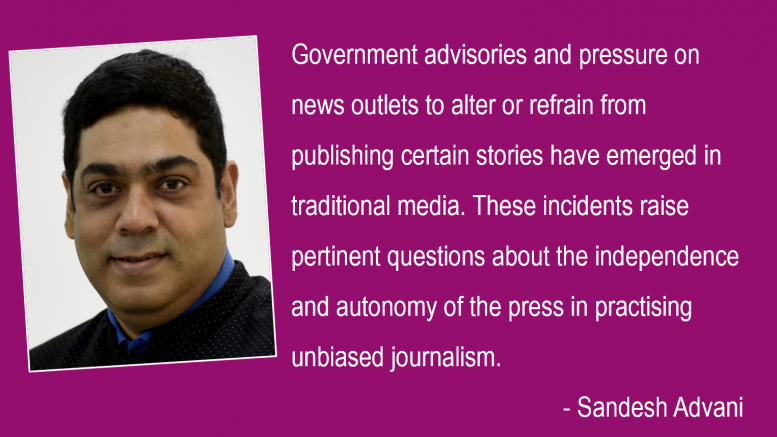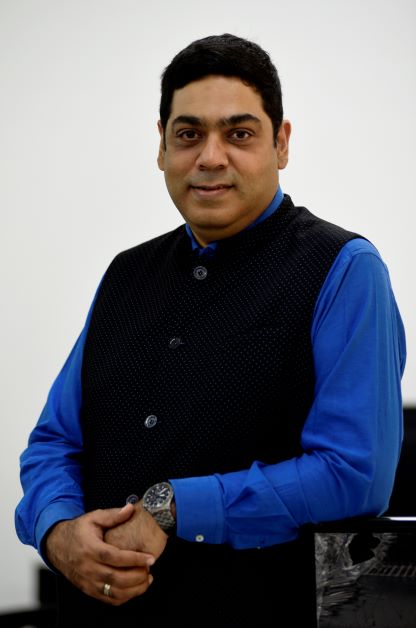India, a land of diverse cultures and opinions, grapples with the intricate balance between media censorship and the fundamental right to freedom of expression. The tug-of-war between these two pillars has sparked numerous debates, raising crucial questions about journalistic integrity and communication liberties.
Several instances have recently brought this delicate equilibrium into sharp focus. One such incident was the implementation of stringent regulations under the Information Technology (Intermediary Guidelines and Digital Media Ethics Code) Rules, 2021. These rules mandated social media platforms and digital news outlets to adhere to various compliance requirements, including appointing grievance officers and implementing content removal requests within specified timeframes.
While proponents argue that such regulations curb misinformation and maintain online decorum, critics voice concerns about potential censorship and stifling dissenting voices. The ambiguity in defining terms like “unlawful content” raises apprehensions about arbitrary content takedowns and limitations on free speech.
Moreover, the arrest of journalists under the stringent Unlawful Activities (Prevention) Act (UAPA) has triggered widespread concern. The detention of reporters for their alleged involvement in reporting or supporting narratives deemed against the state’s interest has sparked debates about the shrinking space for dissenting opinions and investigative journalism.
Government advisories and pressure on news outlets to alter or refrain from publishing certain stories have emerged in traditional media. These incidents raise pertinent questions about the independence and autonomy of the press in practising unbiased journalism.
The impact of such measures on journalistic integrity is palpable. Reporters, editors, and media houses walk a tightrope between reporting truthfully and navigating the labyrinth of legal and political ramifications. The fear of reprisal or legal action often casts a shadow over genuine investigative journalism, leading to self-censorship to avoid potential fallout.
However, amidst these challenges, India has witnessed remarkable resilience and determination within the media landscape. Journalists and media professionals continue to uphold the ethos of responsible reporting, uncovering stories of public interest and amplifying voices that might otherwise remain unheard.
The judiciary, too, has played a pivotal role in safeguarding freedom of expression. Courts have intervened in cases where the right to free speech was allegedly curtailed, emphasising the paramount importance of this constitutional right in a democratic society.
Nevertheless, the delicate balance between media censorship and freedom of expression remains a complex problem. Striking a balance necessitates a nuanced approach that acknowledges the need for responsible journalism while safeguarding the right to dissent and express diverse viewpoints.
Policymakers must ensure that regulatory measures do not inadvertently muzzle free speech or stifle legitimate dissent. Clear, unambiguous guidelines that respect fundamental rights while addressing misinformation and hate speech concerns must be formulated through open dialogue and stakeholder collaboration.
Additionally, fostering media literacy and critical thinking among citizens becomes imperative. A well-informed populace is better equipped to discern credible information from misinformation, thus mitigating the adverse effects of censorship or misleading content.
In conclusion, the evolving landscape of media censorship and freedom of expression in India necessitates a delicate balancing act. Recent instances and laws have underscored the need for a robust framework that safeguards journalistic integrity while upholding the fundamental right to free speech. It’s a task that demands concerted efforts from policymakers, media professionals, and the public to preserve the essence of a vibrant, democratic society where diverse voices can coexist and thrive.
The views and opinions published here belong to the author and do not necessarily reflect the views and opinions of the publisher.



Be the first to comment on "Finding the Equilibrium: Media Censorship vs Freedom of Expression in India"